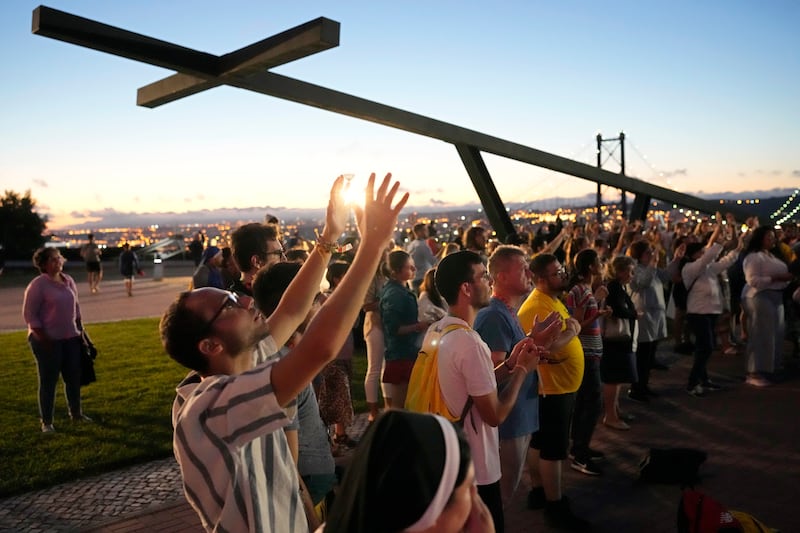For decades, older generations used to be the backbone of American church life, filling pews more consistently than the younger generations. But new research from Barna Group suggests that pattern has flipped.
Millennials and Generation Z are now attending church more often than their parents and grandparents.
The State of the Church study, conducted in partnership with the tech company Gloo, found that Gen Z churchgoers (ages 18–28) now average 1.9 services per month while millennials (ages 29–44) come in at 1.8 times. That comes out to roughly 23 visits a year for Gen Z and 22 for millennials.
These numbers mark the highest levels of church attendance recorded among younger Christians since Barna began tracking, the report said.
By contrast, baby boomers and the “elder” generation, those born before 1946, now attend on average only 1.4 times per month. The study is based on 5,580 online surveys done between January and July of this year.
“The makeup and rhythms of church life are shifting,” said David Kinnaman, CEO of Barna Group, in a press release. “Young people today are showing a renewed openness to faith, and many are finding their way back into church communities.”
Kinnaman also noted that churches offer “relational connection, volunteer engagement, and clear discipleship pathways that resonate with younger generations.”
Barna’s data reflects what researchers call a “generational reversal.” In 2000, elders attended church about 2.3 times a month, while baby boomers’ attendance was at two times a month, according to the data. Over the past 25 years, that frequency has declined.
Generation X has remained at about 1.6 times per month without much change. Attendance among all three older generations is now roughly the same as it was just before the COVID-19 pandemic, according to the study.
Millennials and Gen Z, however, have almost doubled their attendance since 2020, shifting from just over once a month to nearly twice a month in 2025.

Barna’s vice president of research, Daniel Copeland, noted that the change is unusual.
“The fact that young people are showing up more frequently than before is not a typical trend,” Copeland said in a press release. “It’s typically older adults who are the most loyal churchgoers.”
Overall, even those who go to church don’t do it that frequently.
All U.S. churchgoers attend about 1.6 times monthly — that’s roughly two out of every five weekends. A recent Pew Research Center study found that 33% of Americans attend church at least monthly, and 23% watch services online that often. Most Americans, 67%, report attending a few services a year.
Pastors struggle with irregular attendance, Copeland noted. “This new analysis of the tracking data helps us better understand the frustrations pastors feel when they are trying to build momentum for their congregations, such as series-based preaching and mobilizing volunteers.”
Some experts are cautious about declaring a religious revival among Gen Z. Ryan Burge, a data analyst and professor at the John C. Danforth Center at Washington University in St. Louis, says there is no conclusive data on church attendance among Gen Z. While some studies suggest they are the least likely to attend, others, like Barna’s, show them as the most likely.
“In totality with other data sources, the conclusions are not the same,” he told Deseret News.
A report from Pew Research Center earlier this year found that the youngest adults, between 18 and 24 years old, are not significantly less religious or Christian than the adults in the cohort behind them, ages 25-34. Gen Z is as likely to attend church, pray daily and identify as Christian as the adults in an age cohort slightly older. The older generations remained more religious than the younger ones, according to Pew.

Barna’s data points suggest that may be changing.
To religious leaders, the fact that Gen Z and millennials are attending church 15-25 times a year, per Barna’s findings, offers a sign of hope. It’s an opportune moment for religious leaders to “lean in” and “guide” young believers “toward deeper faith,” according to Kinnaman.
Churches can focus on “relational touchpoints” and digital engagement, like texting and social media, to communicate with the irregular attendees, said Brad Hill, president of Gloo Media Network, in a statement.
“Every interaction counts,” Hill said. “And this trend presents an opportunity for leaders to help grow their faith in new and impactful ways.”


